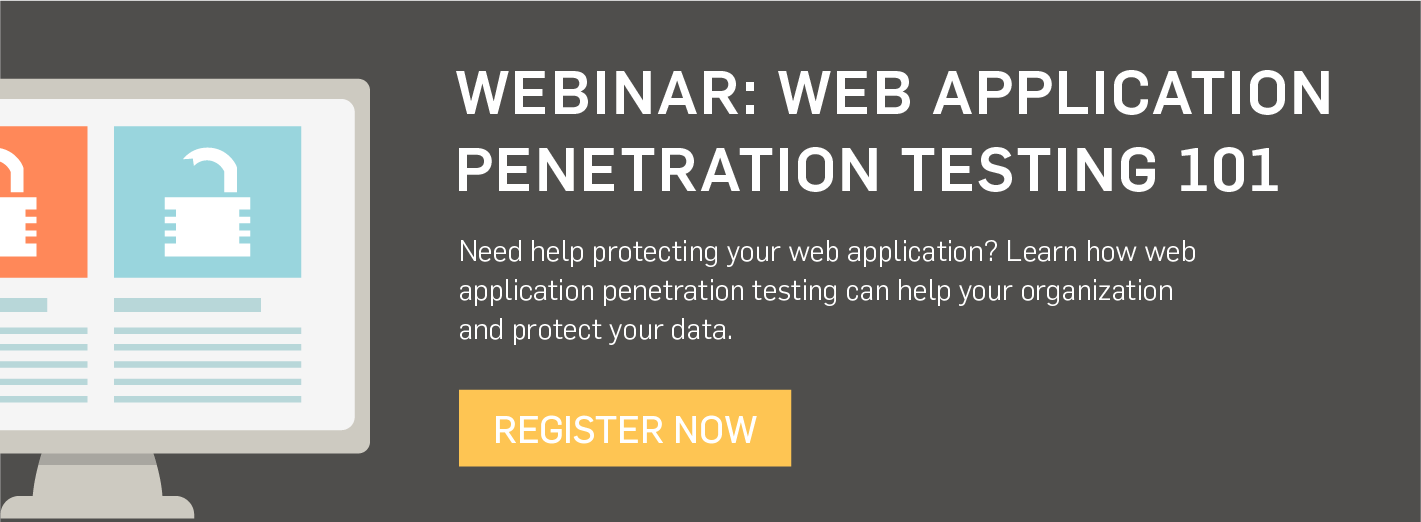Have you made resolutions countless times only to break them later?
Soon, something goes terribly wrong and you hit a low point B. At B, the goal seems too far away and you’re motivated to quit because you don’t see your efforts yielding any fruits.
You could devote your time, energy and resources to something else that’s probably more promising- such as tasks that provide you with instant gratification. (see why we do what we do and not what we don’t do)
 |
| figure B |
The obstacle you faced at B that motivated you to quit was just one of the many obstacles that you were going to face on the journey towards reaching your goal.
 |
| figure C (representing the general trend of figure B) |
When you remember this you can trick your mind into thinking that what you’re currently doing is, after, all taking you closer toward your goal over time. You hack your short-term brain wiring to apply it to long-term thinking.
Whether you’re trying to lose weight, build muscle, start a business, or write a book, and have hit a low point, remind yourself that if you persist you’ll eventually get there.

 What area of your business would benefit the most from a penetration test?
What area of your business would benefit the most from a penetration test?  By: Chad HortonPenetration Testing ManagerCISSP, QSAPenetration testing is a form of ethical hacking that simulates attacks on a network and its systems. It goes beyond running an automated vulnerability scanner; the tests are performed by experts that dive deeper into your environment.In a previous blog post, Types of Penetration Testing: The What, The Why, and The How, we discussed the different ways a penetration test can be performed: black-box, white-box, and gray-box. We also told you why it’s a good idea for a business to have penetration tests performed regularly.So, what type of penetration test should you get for your business?
By: Chad HortonPenetration Testing ManagerCISSP, QSAPenetration testing is a form of ethical hacking that simulates attacks on a network and its systems. It goes beyond running an automated vulnerability scanner; the tests are performed by experts that dive deeper into your environment.In a previous blog post, Types of Penetration Testing: The What, The Why, and The How, we discussed the different ways a penetration test can be performed: black-box, white-box, and gray-box. We also told you why it’s a good idea for a business to have penetration tests performed regularly.So, what type of penetration test should you get for your business? Social engineeringThe objective of a social engineering assessment is to identify employees that do not properly authenticate individuals, follow processes, or validate potentially dangerous technologies. Any of these methods could allow an attacker to take advantage of the employee and trick them into doing something they shouldn’t.Commonly-identified issues include:Employee(s) clicked on malicious emailsEmployee(s) allowed unauthorized individuals onto the premisesEmployee(s) connected a randomly discarded USB to their workstationThe remediation is always the same: training.Because the intent of this assessment is to take advantage of the trusting nature of employees, this type of assessment should only be done after employees have completed a training course on defending against social engineering attacks.SEE ALSO: Social Engineering Training: What Your Employees Should KnowWhich type of penetration test is right for you?For starters, choose the type of penetration test that focuses on the controls you are most concerned about:Web application or API = application penetration testInfrastructure = network penetration test (and possibly a wireless penetration test)People = social engineeringIf your objective is to obtain PCI compliance, at the very least, you’ll want to consider getting a network and an application penetration test.Once you have an idea on the type of test you would like and how comprehensive you would like the results to be, you need to decide from which perspective you would like testing to be performed.By making these decisions wisely, you can choose a penetration test that matches your business’ needs and budget.Need a penetration test? Talk to us!Chad Horton has been the Penetration Testing Manager at SecurityMetrics for over five years. His responsibility includes managing a team of eight employees who conduct manual assessments of web applications and corporate networks. In addition, Horton is QSA, CISSP, and CompTIA Security+ certified, and has written numerous web application tools to assist in exploiting vulnerabilities.
Social engineeringThe objective of a social engineering assessment is to identify employees that do not properly authenticate individuals, follow processes, or validate potentially dangerous technologies. Any of these methods could allow an attacker to take advantage of the employee and trick them into doing something they shouldn’t.Commonly-identified issues include:Employee(s) clicked on malicious emailsEmployee(s) allowed unauthorized individuals onto the premisesEmployee(s) connected a randomly discarded USB to their workstationThe remediation is always the same: training.Because the intent of this assessment is to take advantage of the trusting nature of employees, this type of assessment should only be done after employees have completed a training course on defending against social engineering attacks.SEE ALSO: Social Engineering Training: What Your Employees Should KnowWhich type of penetration test is right for you?For starters, choose the type of penetration test that focuses on the controls you are most concerned about:Web application or API = application penetration testInfrastructure = network penetration test (and possibly a wireless penetration test)People = social engineeringIf your objective is to obtain PCI compliance, at the very least, you’ll want to consider getting a network and an application penetration test.Once you have an idea on the type of test you would like and how comprehensive you would like the results to be, you need to decide from which perspective you would like testing to be performed.By making these decisions wisely, you can choose a penetration test that matches your business’ needs and budget.Need a penetration test? Talk to us!Chad Horton has been the Penetration Testing Manager at SecurityMetrics for over five years. His responsibility includes managing a team of eight employees who conduct manual assessments of web applications and corporate networks. In addition, Horton is QSA, CISSP, and CompTIA Security+ certified, and has written numerous web application tools to assist in exploiting vulnerabilities.
 Moebius Syndrome, a rare form of facial paralysis, makes social interaction particularly difficult. Because this condition prevents people from displaying any form of facial expression, those dealing with it are often seen as unhappy or downright unfriendly.
Moebius Syndrome, a rare form of facial paralysis, makes social interaction particularly difficult. Because this condition prevents people from displaying any form of facial expression, those dealing with it are often seen as unhappy or downright unfriendly.